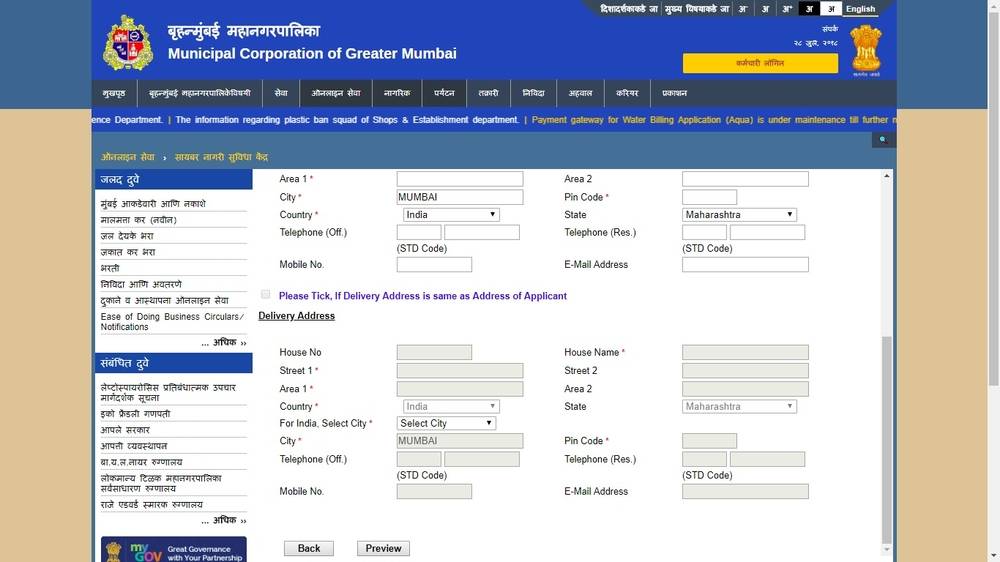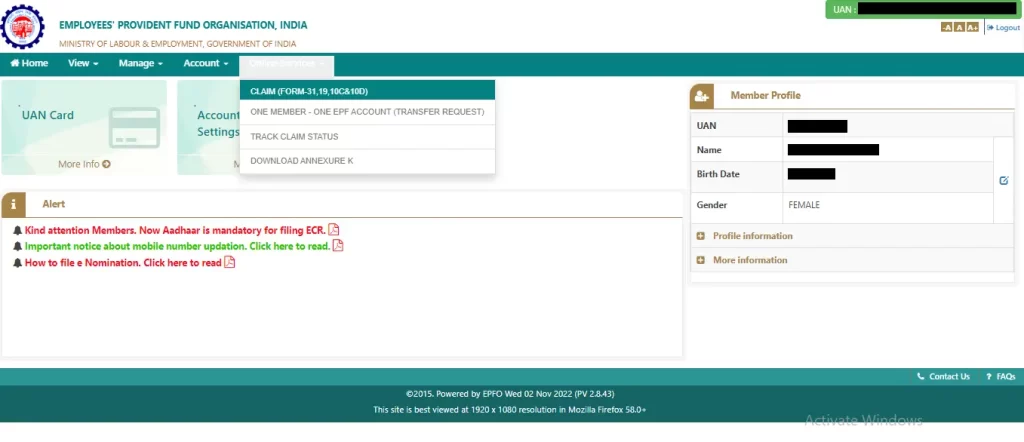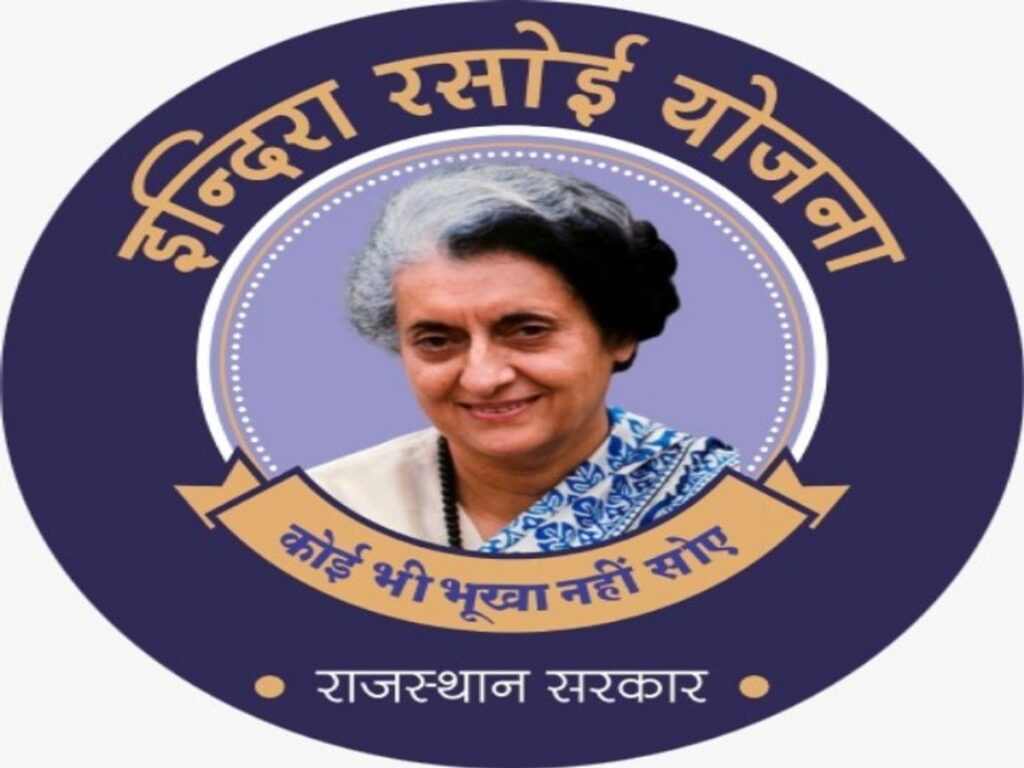Maharashtra Death Certificate
In adherence to the Registration of Birth & Death Act, 1969 regulations, every death in Maharashtra necessitates reporting to the state government. The issuance of death certificates in Maharashtra falls under the jurisdiction of the following state departments: Municipal Corporation of Greater Mumbai Rural Development Department Urban Development Department Purpose of Obtaining Death Certificate The death certificate is a necessary proof, as it states the cause of death The death certificate provides information related to time, death and place of death of a person Death certificate needs to be submitted to relieve the person from legal, social and official commitments To settle property inheritance, a death certificate is one of the important documents A family member of the deceased to receive insurance and other benefits needs to furnish the death certificate Who Is Responsible for Registering a Death in Maharashtra? The head of the family is responsible for registering a death, in case the death occurs in the house If a death occurs in a hospital or medical institution, the medical in charge of the institution is responsible for registering the death If a death occurs in jail, the head jailer is responsible for registration The head of an area or local police station in charge can register the death if a newborn child or body is found deserted in an area. The person-in-charge person needs to register a death in case the death occurs in a hostel, choultry, Dharamsala, boarding-house, lodging house, tavern, toddy shop, barrack or public resort, The superintendent of a plantation can register the death, in case death occurs on a plantation. Registering Death In case death occurs in a house, the head of the family is responsible for registering the death The medical in-charge need to register if the death occurs in a hospital or medical institution Jailer in-charge is responsible for registration if a death occurs in a jail If a new-born child or body is founded deserted in an area, headman of that area or local police station in-charge can register the death In case the death occurs in a hostel, choultry, Dharamsala, boarding-house, lodging house, tavern, toddy shop, barrack or public resort, the in-charge person of that place needs to register In case death occurs in a plantation, the superintendent of the plantation can register Documents Required Declaration by a close relative or family member in the prescribed format Application Form Address Proof of deceased (Voter ID card, electricity, gas, water, telephone bill, passport, valid ration card or Aadhaar card, name of the deceased) Time Frame The time frame for issuing Maharashtra death certificate is within 5 days from the date of application. Procedure for Death Certificate Registration Through Rural or Urban Development Department: Step by Step Guide Step 1: Go to the official website of Aaple Sarkar. Step 2: From the home page, select RTS. The page will automatically redirect to the new page. Step 3: Enter your username and password to access the portal. If you are a new user, you must first register in the portal before you can apply for a certificate. Step 4: Go to the Rural Development or Urban Development menu and select the Death Certificate option. Step 5: Fill out all of the certificate information on the new page. Step 6: Review the information you’ve entered and select a payment method. Take note of the application number after payment. The application will be transferred to the appropriate department. Step 7: The applicant can check the status of his or her application by going to the Aaple Sarkar website. After the application has been approved, the applicant can obtain the death certificate from the Aaple sarkar gateway. FAQs Can a death certificate be obtained for deaths that occurred outside Maharashtra but involve residents of the state? Yes, residents of Maharashtra can obtain a death certificate for deaths that occurred outside the state. The application process involves providing necessary documents and details related to the deceased. What information is typically included in a death certificate issued in Maharashtra? A Maharashtra death certificate typically includes essential details such as the name of the deceased, date and place of death, cause of death, and other relevant information required for legal and administrative purposes.
Maharashtra Death Certificate Read More »




